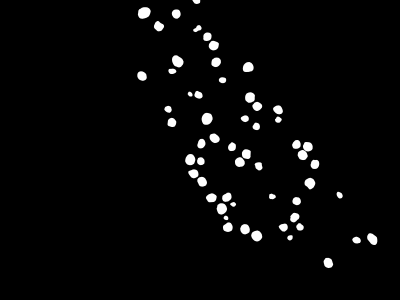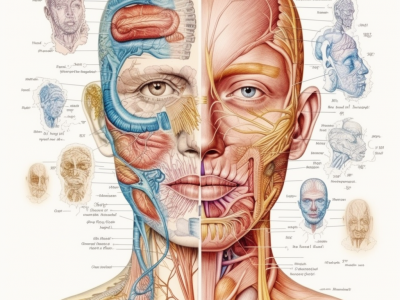Biomedical and Health Sciences
The description of the proposed glomerulus segmentation dataset is as follows: The dataset contains 200 WSI (H&E, PAS, MAS, PASM) images provided by Peking University Shenzhen Hospital and manually labeled by pathologists. The slides of the dataset are basically similar in tissue structure but not pix-level paired. The magnification of the slides is 40×, and the resolution is 0.2528μm/pixel.
- Categories:
 186 Views
186 Views
Automatic extraction of valuable, structured evidence from the exponentially growing clinical trial literature can help physicians practice evidence-based medicine quickly and accurately. However, current research on evidence extraction has been limited by the lack of generalization ability on various clinical topics and the high cost of manual annotation. In this work, we address these challenges by constructing a PICO-based evidence dataset PICO-DS, covering five clinical topics.
- Categories:
 156 Views
156 ViewsProblems related to ventral hernia are very common, and evaluating them using computational methods can assist in selecting the most appropriate treatment. This study collected data from over 3500 patients from different European countries observed during last 11 years (2012-2022), which were collected by specialists in hernia surgery. The majority of patients underwent standard surgical procedures, with a growing trend towards robotic surgery. This paper focuses on statistically evaluating the treatment methods in relation to patient age, body mass index (BMI), and the type of repair.
- Categories:
 230 Views
230 Views
This dataset is used to verify the effectiveness of the proposed MS-caCOH method.
- Categories:
 53 Views
53 Views
The dataset is a datasheet of the average angular velocity of the knee joint during walking at a speed of about 5km per hour. To obtain the dataset, we first conducted gait collection experiments with 137 healthy adults (71 males and 66 females, age: 21.6±1.8). None of the subjects had any history of neurological injury or gait disorder. The subjects were asked to walk at different speeds, and Gait patterns were recorded with a Vicon motion capture system with 10 infrared cameras and 4 force plates.
- Categories:
 29 Views
29 Views
Readily available animal tissue such as ground beef is a convenient material for mimicking the dielectric properties of biological tissue when validating microwave imaging and sensing hardware and techniques. The reliable use of these materials depends on the accurate characterization of their properties. Tissue water content is a dominant factor in microwave frequency tissue properties, thus the effect of dehydration must be considered. The dependence of tissue properties on hydration is also important for new applications of microwave sensing for hydration monitoring.
- Categories:
 32 Views
32 Views
Data based on capacitive and pressure measurement on physical vascular model developed at out university. We used capacitve sensing for dielectric volume change of artificial arterial segment on two measurement sites. For verification we used pressure sensors commonly used in medical applications to measure blood pressure or fluid pressure within the human body. Overall, your approach combining capacitive sensing and pressure measurements provides a comprehensive analysis of the dielectric volume changes in the artificial arterial segment.
- Categories:
 47 Views
47 ViewsThe data set is collected from volunteers from Beijing University Third Hospital. FootScan plantar pressure measurement system is used to record the continuous pressure information. The volunteer is familiar with the whole walking process and is asked to walk on the plate with an order of "left foot, right foot, and then left foot," using comfortable walking speed. Volunteers should always ensure the heel touches the plate before the toe during walking. The sampling frequency of the system is set as 126Hz.
- Categories:
 367 Views
367 ViewsDisease-Specific Faces (DSF) database is used to research the phenotype and genotype of the diseases.
Disease-Specific Face images collected from professional channels with definite diagnostic results.
The DSF2 dataset utilized consists of disease specific face (DSF) images with diagnostic results from professional medical publications, medical websites, forums, and hospitals. These results were reviewed by practicing physicians to create labels for supervised learning of the model.
- Categories:
 852 Views
852 Views

